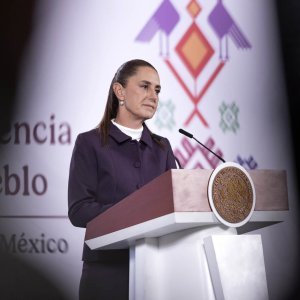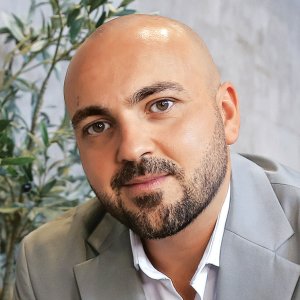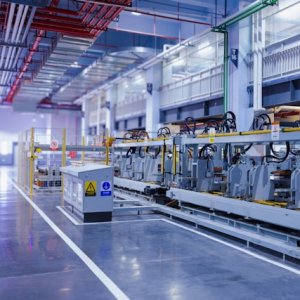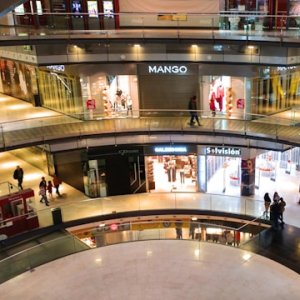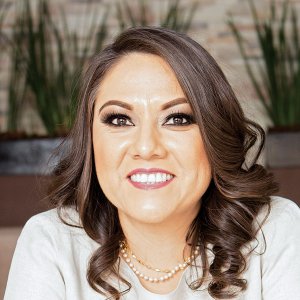Quality, Efficiency a Must in an Overbuilt Market

STORY INLINE POST
Q: After two successful real-estate projects in Mexico City, what opportunities does the Mexican market offer to Reichmann International?
A: We are certainly looking for new opportunities. We would like to build another tower similar to Torre Mayor and Torre Diana. We are aware that the overbuilt situation has created a stress on rents, but we think that quality sells and we would have to design to the market’s needs as always.
When we say that quality sells, that means that the market has become more sophisticated over the years and national, as well as international, tenants are comparing buildings, especially as the brokerage community has a tendency to classify almost every new building as a “class A” development.
Tenants want large floor plates, very tight building cores, high functioning technology and telecommunications systems, numerous parking spaces, easy access, and all utilities, including electricity, transformers and water supply. At Torre Diana and Torre Mayor, we put in water treatment plants so we could recycle every drop and use it for air conditioning. People do not realize that air conditioning represents close to 65 percent of the water used in an office building.
It is true that the market is overbuilt and that there are still many building projects in the pipeline, but they are not really competitive in the sense of a class A or A+ building such as Torre Diana or Torre Mayor. The proof of the quality and efficiency of our constructions is that Torre Diana is 99.4 percent occupied and Torre Mayor is 98 percent. We have pending transactions that will put us back over 99 percent of occupancy at Torre Mayor.
Q: Are there any other niches in which you would consider participating?
A: We believe in sticking to the things we are good at. We are very good at high-rise, class-A office spaces, and that is where we want to focus. We like downtown markets. When we came to Mexico City in the early 1990s it was to help renovate the central business district: the corridor along Reforma Avenue. That is the market we know and understand. Certainly, it is also where the infrastructure is, where the public transportation is, restaurants, where it is convenient to walk and where there is a community that is being stimulated by millennials who want to live downtown and walk to work. That is going to continue being a trend for the next 20 to 30 years. For us, the Reforma corridor is where the most opportunities are.
Q: In your view, how has the commercial real estate market performing?
A: Clearly, we are going to enter a period of contraction in the next couple of years. We have been expanding for the last four to five years. Low interest rates have made it relatively easy for developers to build and put new projects in the market. This overbuilt situation has led to a decrease in rental rates, which means it is harder to pencil in costs, since some, like the cost of land, have not gone down. At the same time, local and even the federal government have stopped issuing permits and licenses. This is going to put a brake on new developments and will fuel a contraction for the next couple of years. This is good news and bad news because in times of stress, quality sells.
The economic and business cycles are constantly fluctuating and every now and then these black swan events impact the economy. Right now, the COVID-19 virus is one of those events. The growth of the US and its stock market had gone for too long since the last crash and much of that is because there has been a big push to keep interest rates down. Now you have seen a massive 20-30 % contraction due COVID-19. Cheap money lead to an increase in the construction of these so-called class A projects. Some of these events were expected and resulted from unforeseen events, such as the appearance of COVID-19. Now, we will have to see if the US, Europe´s and other countries reactions to COVID-19 will be sufficient to sustain the global economy.
Q: What role do building efficiency and LEED certifications play in the client’s decision-making process when looking for new office spaces?
A: These factors have a great impact because there are very few contracts where we deal only with locals. Local managers choose a location that meets their needs in terms of size, technology, square meters, parking, access and other typical factors. At the top of almost all managers’ list is the commute time and convenience of the building. However, 20 years ago the local manager made the final decision. Now, 99 percent of the time there will be an international real estate person who will come to look at the Top 3 finalist buildings that the local broker and manager have looked at. This person will go through a checklist of these Top 3 buildings and analyze their technical specifications to look beyond the façade. Having a LEED certification and efficiency in variables such as electric consumption play a very important role.
Q: What global trends have you identified in terms of real estate and how are you applying them to Mexico?
A: There was a trend a few years ago of encouraging home office but I think that is decreasing now although, of course, COVID-19 has spiked home office in the short term. People are realizing that the synergies that happen when people interact cannot be achieved through cellphones and laptops. But there is a trend for open spaces in offices, with new types of furniture. For us, this means that we have to build spaces that are flexible.
However, efficiency remains a must. We have to put the columns on the perimeter and make the core of the building smaller, so tenants can have greater available usable space. In Torre Mayor, around 90 percent of the floor space can be used by the tenant while in Torre Diana tenants can use up to 92 percent of the space.
Q: What are your priorities for the next two years?
A: First and foremost is to provide excellent service to our existing projects, Torre Mayor and Torre Diana. This includes tenants, partners, neighbors and governments. The second priority is land. We have no more land so we want to find new opportunities in the Reforma corridor and we are willing to be patient. The third priority is identifying capital. We are always in the market for ways to refinance our existing projects, as well as finding new investors and new partners for our future ventures.
Reichmann International is a real estate developer with over 50 years of experience building in different financial centers. In Mexico, it has developed two projects, Torre Mayor opening in 2003 and Torre Diana in 2015
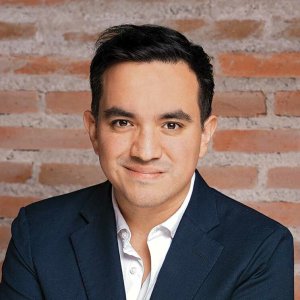
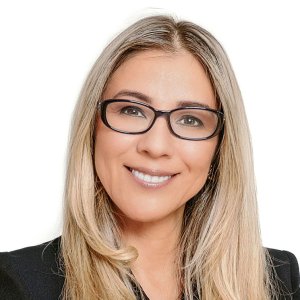
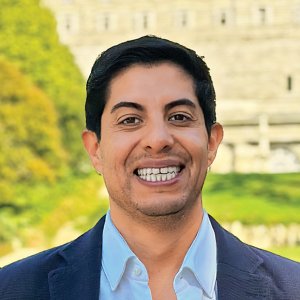
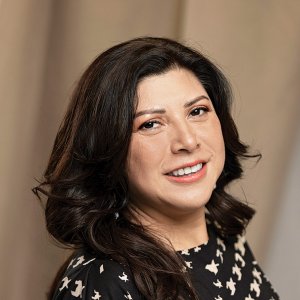


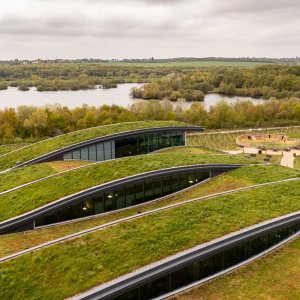

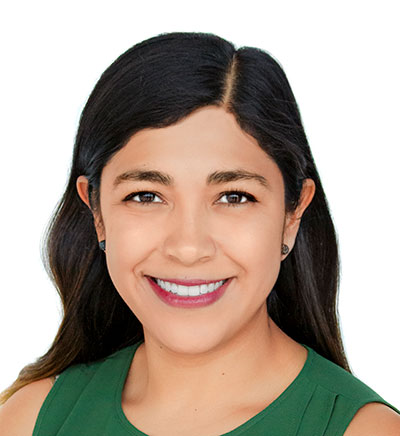 By Gabriela Mastache | Senior Journalist and Industry Analyst -
Tue, 04/07/2020 - 12:04
By Gabriela Mastache | Senior Journalist and Industry Analyst -
Tue, 04/07/2020 - 12:04

